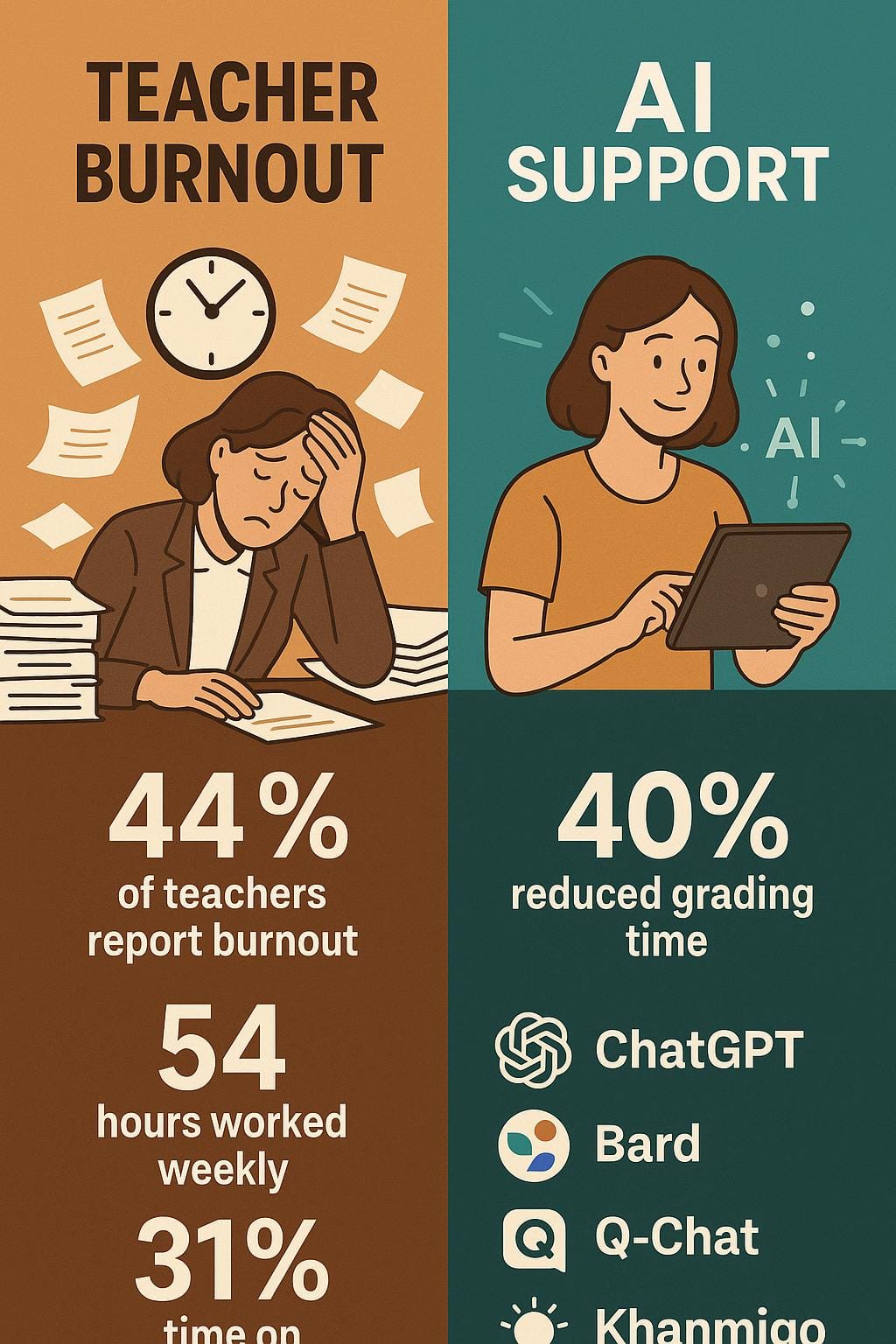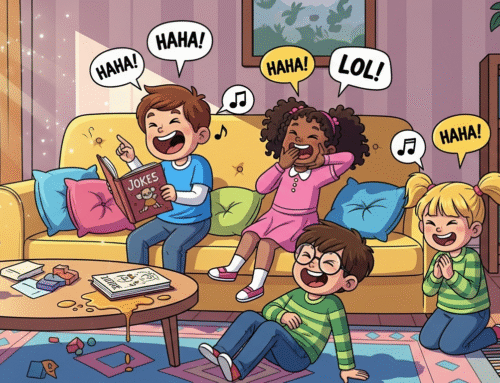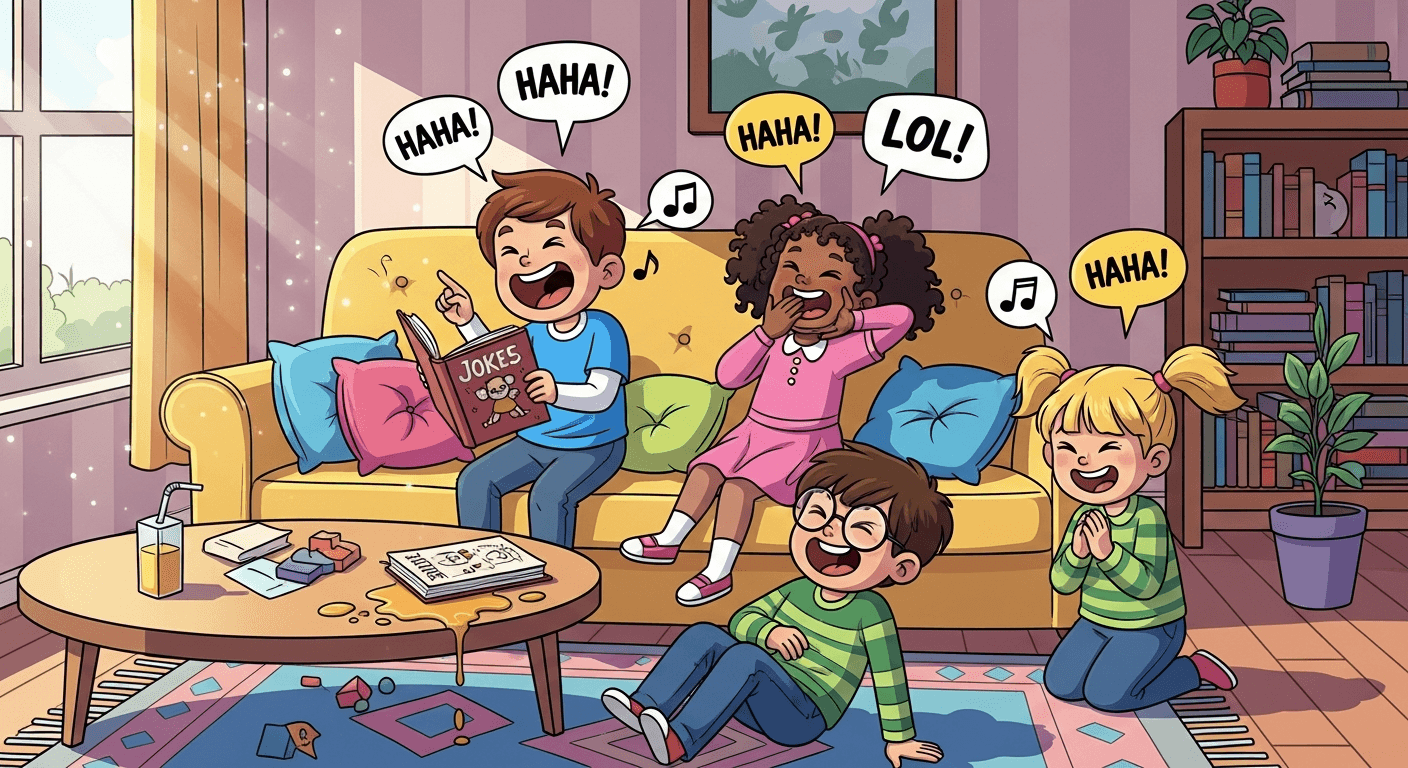In today’s educational landscape, AI for teachers represents both a potential solution to crushing workloads and a source of ethical concerns about authentic learning. As educators face unprecedented burnout and administrative burdens, artificial intelligence tools promise efficiency and support, yet simultaneously raise critical questions about whether technology enhances genuine education or simply creates shortcuts that undermine learning objectives.
Key Takeaways
- Teacher burnout statistics reveal alarming workload imbalances with 44% of teachers reporting frequent burnout compared to 30% of other professionals.
- The educational AI tools market is projected to reach $680 billion by 2027, with 83% of educators already using or interested in AI implementation.
- Significant ethical concerns exist around student privacy, with 85% of educational AI tools collecting student data under vague terms.
- When implemented thoughtfully, AI can reduce administrative burdens by up to 40%, allowing teachers to focus more on direct student interaction.
- The most successful AI integration approaches focus on teaching AI literacy rather than either banning technology outright or embracing it without critical boundaries.
The Teacher Burnout Crisis: Why AI Seems Like a Lifeline
The statistics painting the picture of teacher burnout are nothing short of alarming. According to Gallup polls, 44% of teachers report feeling burned out very often, significantly higher than the 30% reported by workers in other professions. This burnout isn’t without cause – teachers work an average of 54 hours weekly with only 24 of those hours dedicated to actual teaching, according to NEA survey data.
The administrative burden further compounds this crisis, with OECD surveys indicating teachers spend 31% of their time on paperwork and administrative tasks rather than instruction. For the average high school teacher with 150 students, grading alone consumes 15-20 hours weekly, while 73% of teachers report frequent job-related stress compared to just 40% of other working adults according to RAND Corporation research. These conditions have created fertile ground for AI solutions promising relief from these unsustainable workloads.
AI in Education: Revolution or Just Another Tech Fad?
The educational technology landscape is rapidly evolving with AI at the forefront of promised innovations. Major players include general AI tools like ChatGPT and Google’s Bard alongside education-specific offerings such as Quizlet’s Q-Chat and Khan Academy’s Khanmigo – all marketing themselves as teacher automation solutions. The EdTech market reflects this growth, with projections to reach $680 billion globally by 2027 according to Research and Markets.
Adoption rates suggest educators are embracing these technologies, with an Anthology survey indicating 83% of educators are either already using AI or interested in implementing it. However, a critical perspective is necessary – these tools often represent profitable solutions for tech companies rather than addressing root causes of educational challenges like understaffing and inadequate resources. The corporate marketization of education solutions raises questions about whether these technologies genuinely serve learning objectives or primarily serve shareholder interests while capitalizing on teacher desperation.
The Ethical Minefield: When AI Becomes a Crutch, Not a Tool
Implementing AI in education presents significant ethical challenges that cannot be overlooked. Plagiarism concerns have skyrocketed, with Turnitin reporting that 72% of university faculty have identified AI-generated content in student assignments. This raises fundamental questions about authentic assessment and learning verification.
Digital equity presents another serious concern, as schools in wealthier districts are three times more likely to have AI integration resources according to the Education Trust, potentially widening rather than narrowing achievement gaps. Privacy issues compound these challenges, with Common Sense Media analysis revealing 85% of educational AI tools collect student data under vague usage terms. Research from Stanford even suggests a correlation between over-reliance on AI tools and decreased problem-solving abilities among students, indicating that convenience might come at the cost of cognitive development.
DIY AI for the Ethical Educator: Practical Hacks That Put Learning First
Despite legitimate concerns, thoughtfully implemented AI can support rather than undermine educational objectives. For lesson planning, specific prompt templates for ChatGPT can generate differentiated learning materials while maintaining teacher expertise and judgment in the final content selection. This maintains pedagogical control while reducing preparation time.
Feedback acceleration represents another promising application, with pilot studies showing teachers can save 40% of grading time by using AI to generate initial feedback drafts that they then personalize and refine. Administrative shortcuts through AI can handle email management, meeting summaries, and paperwork automation without compromising student privacy, freeing teachers to focus on meaningful student interaction.
The most successful implementations focus on student empowerment rather than replacement of critical thinking. Here are some effective strategies for integrating AI ethically in the classroom:
- Teaching students to use AI as research assistants and idea generators rather than assignment-completers
- Designing activities that incorporate AI literacy as a core competency
- Creating clear boundaries and policies around appropriate AI use
- Using AI to create personalized learning pathways while maintaining teacher oversight
- Implementing classroom tech in ways that enhance rather than replace human interaction
The distinction between AI as assistant versus replacement is crucial. Teachers who establish clear AI policies and teach students to use these tools responsibly report more positive outcomes than those who either ban AI entirely or embrace it without critical consideration. The goal isn’t to eliminate human judgment but to augment it in ways that reduce teacher burnout while enhancing student learning outcomes.
Sources
Gallup – Teacher Burnout Reasons
RAND Corporation – Teacher Stress Research Report
Research and Markets – Education Technology Market
Anthology – The State of AI in Education
Turnitin – AI Writing One Year Later










